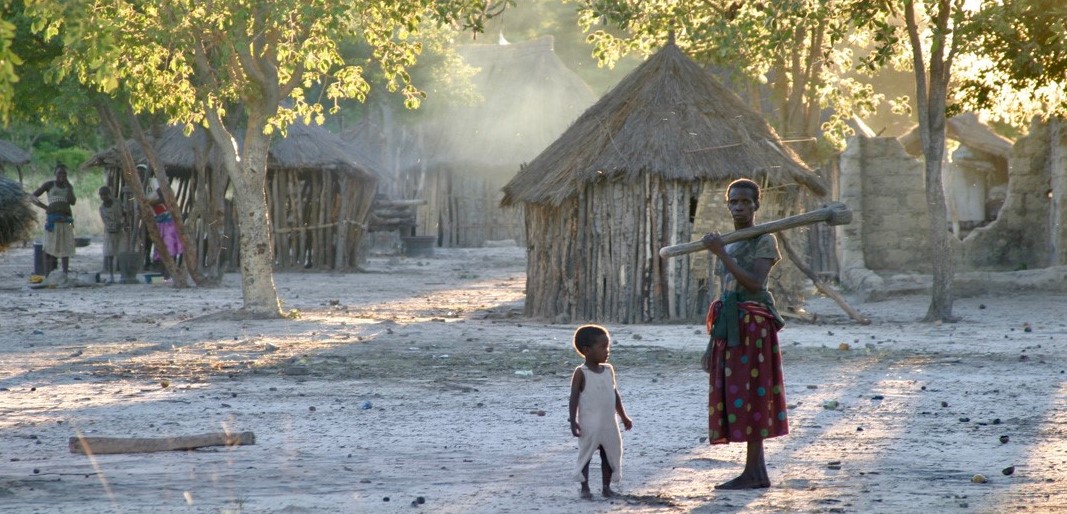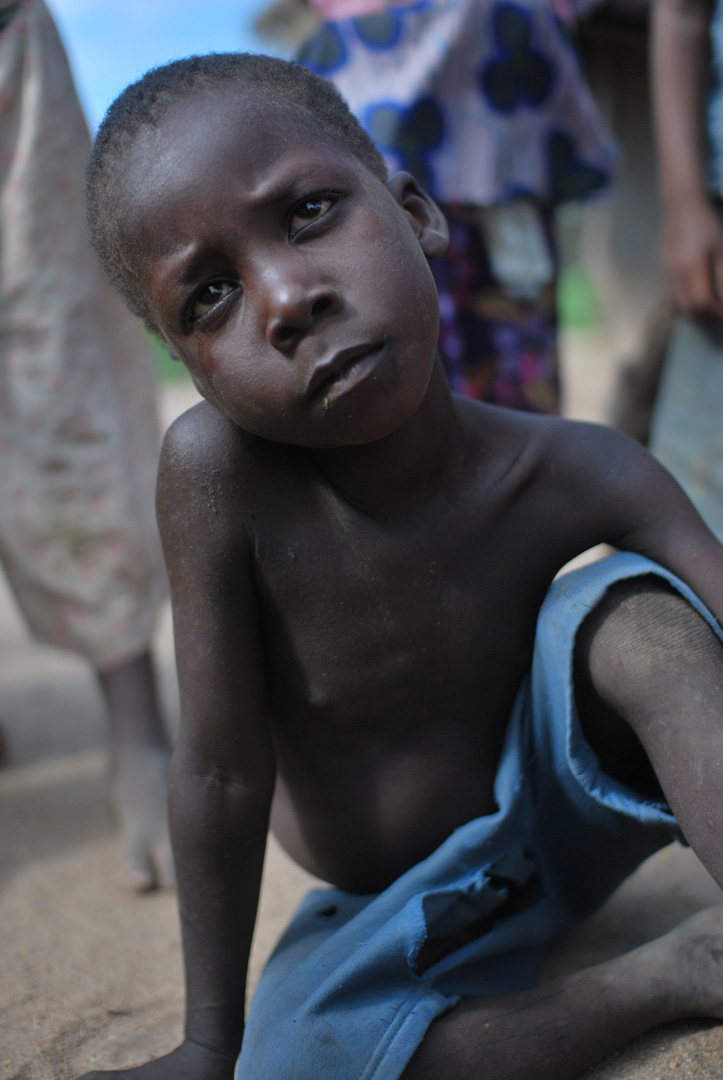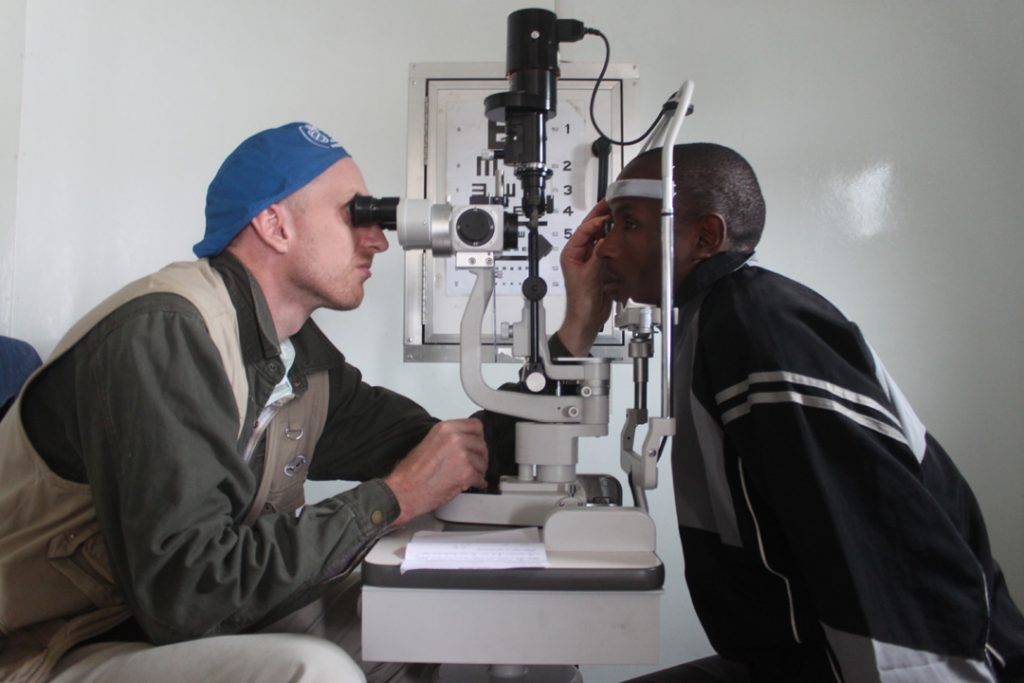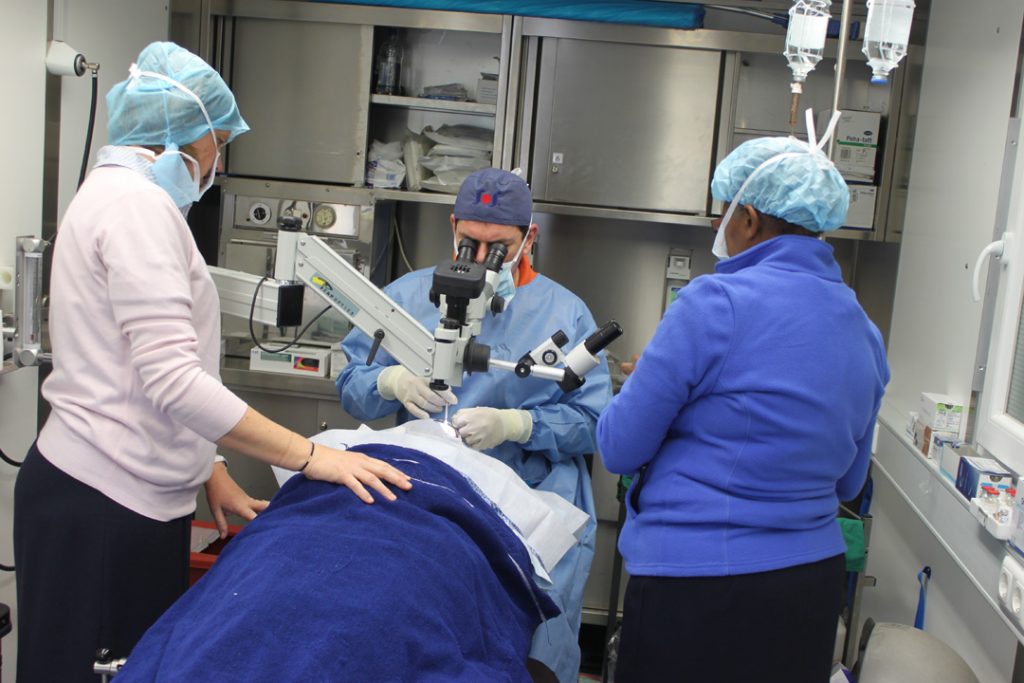
Sub-Saharan Africa has the lowest ratings for well-being and the lowest satisfaction for health care across the globe.1 It is the only continent in the world where the death rate from infectious diseases is still higher than the death rate from chronic diseases.2 Africa as a whole has the highest mortality rates compared to other continents worldwide. In particular, people living in rural and remote areas suffer most. Access to healthcare facilities is difficult and may take several days. Many are also unable to afford transport costs. Healthcare facilities alone are often poorly equipped and unable to deliver the level of care needed.
The harsh reality of this suffering motivated Doctors For Life to develop a medical aid program known as Aid to Africa. Aid to Africa was established in 2001 with the purpose of providing free medical relief to resource-limited countries in Sub-Saharan Africa. This is achieved in the form of medical outreaches and establishment of permanent clinics.
Aid to Africa aims to:
- Provide medical consultations, essential medications and surgery free of charge through medical outreaches
- Establish and manage medical clinics
- Provide medical supplies to pre-existing, needy health facilities
- Facilitate primary health education in communities
- Facilitate training of healthcare workers
- Build relationships with communities and their local leaders
- Establish a Memorandum of Understanding and a working relationship with the relevant National Governments and Departments of Health

DFL's long term goal is to establish permanent medical clinics in resource-limited countries across Sub-Saharan Africa. DFL currently manages two clinics, one in Mozambique and the other in Malawi.
1. Deaton AS, Tortora R. (2015). People in Sub-Saharan Africa Rate Their Health and Health Care Among Lowest In World. PubMed Central, 34(3), pp. 519-527.
2. United Nations New York, (2013). United Nations World mortality report 2013 [online]. Available at: http://www.un.org/en/development/desa/population/publications/pdf/mortality/WMR2013/World_Mortality_2013_Report.pdf. [Accessed 21 Nov 2020].




